From progressive legislation to the world’s largest pride festivals, many European countries are famously fabulous places not only for queer residents, but also travelers. With countless inclusive destinations to choose from, it can be daunting for travelers to pinpoint their ideal vacation spots. Though this list is not exhaustive, below is a guide that highlights the most queer-friendly cities in Europe and what do to in them.
This guide is not meant to confine travelers to gay bars or specific cities. Rather, it aims to highlight destinations with prominent queer communities and LGBTQ-focused attractions. This guide prioritizes the comfort and safety of queer travelers. In these six cities, they can immerse themselves in Europe’s rich and varied culture while feeling safe, supported and celebrated.
Valletta, Malta
Despite being Europe’s fifth-smallest country, Malta is making huge waves as a destination for queer travelers. Rated by ILGA-Europe as the most LGBTQ-friendly country on the continent, those visiting can enjoy a welcoming atmosphere in the heart of the Mediterranean Sea. In September, its capital city Valletta will host EuroPride Festival 2023, making this fall a perfect time to visit.
Malta offers much to travelers outside of the festival, too. The island sees nearly 300 days of sun and warmth a year, which can be appreciated on its many sandy beaches. Its rich history is on display in Valletta; the city’s 16th-century architecture earned it a slot as a UNESCO World Heritage Site. As for nightlife in Valletta, gay bars and clubs line the ironically-named Strait Street. The largest and most popular of these is Michelangelo Club Lounge.

London, United Kingdom
London has a rich queer history, reflected in its geography and culture. There are nine districts that play heavily in London’s LGBTQ+ scene, each with distinct personalities. The oldest and most notable of these are Soho and Vauxhall, which rose to prominence as gay spaces in the 1940s and 50s, respectively. Nestled in Southwest London, Vauxhall stands as the hip, edgy cousin of the more classic and centrally located Soho, which is flanked by popular sites like the West End theater district, Piccadilly Circus and Leicester Square.
Both neighborhoods equip travelers well for a night out, though. Vauxhall teems with gay drinking spots, including London’s oldest LGBTQ+ venue — the Royal Vauxhall Tavern. Founded in 1860, this cabaret hall has hosted icons like Freddie Mercury (who allegedly snuck in Princess Diana disguised as a man). Soho’s scene includes London’s sole lesbians-only bar, She Soho, as well as countless queer clubs and cocktail bars.
Aside from making merry, London offers many queer cultural attractions for travelers. The British Film Institute annually orchestrates the London LGBTQ+ Film Festival at their Southbank Cinema; the British Museum has created an LGBTQ+ Histories Trail that traces queer-related objects throughout its entire collection; and two of Europe’s largest pride festivals, London Pride and UK Black Pride, take place in London yearly.

Sitges, Spain
This Spanish coastal gem is something of a paradise for gay travelers. Since Sitges is home to less than 30,000 residents, tourists comprise the majority of people in the so-called “gay capital of the Mediterranean” during peak season. In addition to the myriad of gay bars that comprise Sitges’ nightlife epicenter, the town hosts an annual pride festival. Out of the town’s 17 beaches, there are several dedicated gay beaches — Bassa Rodona being the largest one. Travelers can warm up for evening fun by the sea, but the village itself has no shortage of interesting stops: Sitges boasts six museums, as well as numerous wine tours, cooking classes and boutiques.
When the sun sets, Plaça de la Indústria is the go-to spot for vibrant nightlife. This square houses numerous restaurants and gay bars, some of which feature drag, karaoke and dancing. Most of the LGBTQ-specific establishments lie on Joan Tarrida Street. Most places in Sitges are within walking distance, so who knows where the night may take travelers.
If travelers crave a greater variety of activities than Sitges offers, worry not. The town lies a mere half-hour from Barcelona by train, making a day trip hard to resist. A visit to Sitges, though, will surely satisfy travelers contented with sunny beaches and lively nights.

Copenhagen, Denmark
Known for its charming architecture and progressivism, the Danish capital is a prime destination for LGBTQ+ travelers. Not only is it one of the world’s most livable cities, with world-class public transit and seemingly infinite spaces for public use, the country of Denmark was the first in the world to recognize registered same-sex partnerships in 1989. The gay scene in Copenhagen may seem small, but that is only due to the level of queer integration into Danish culture. Queerness is celebrated throughout the city, not just in certain neighborhoods or venues.
For an art fix, travelers may want to visit Warehouse9. Located in trendy district Vesterbro, Warehouse9 is a performance and social space run by and for Copenhagen’s queer community. The venue stages performances from LGBTQ+ artists of all disciplines, some being dance, film and cabaret. Copenhagen is also home to the world’s oldest gay establishment, Centralhjørnet. The bar has served gay folks since 1917 and has done so openly since the 1950s. Travelers can expect cocktails in a cozy atmosphere — a great place to begin one’s night out before moving on to one of the city’s many clubs and discotheques.
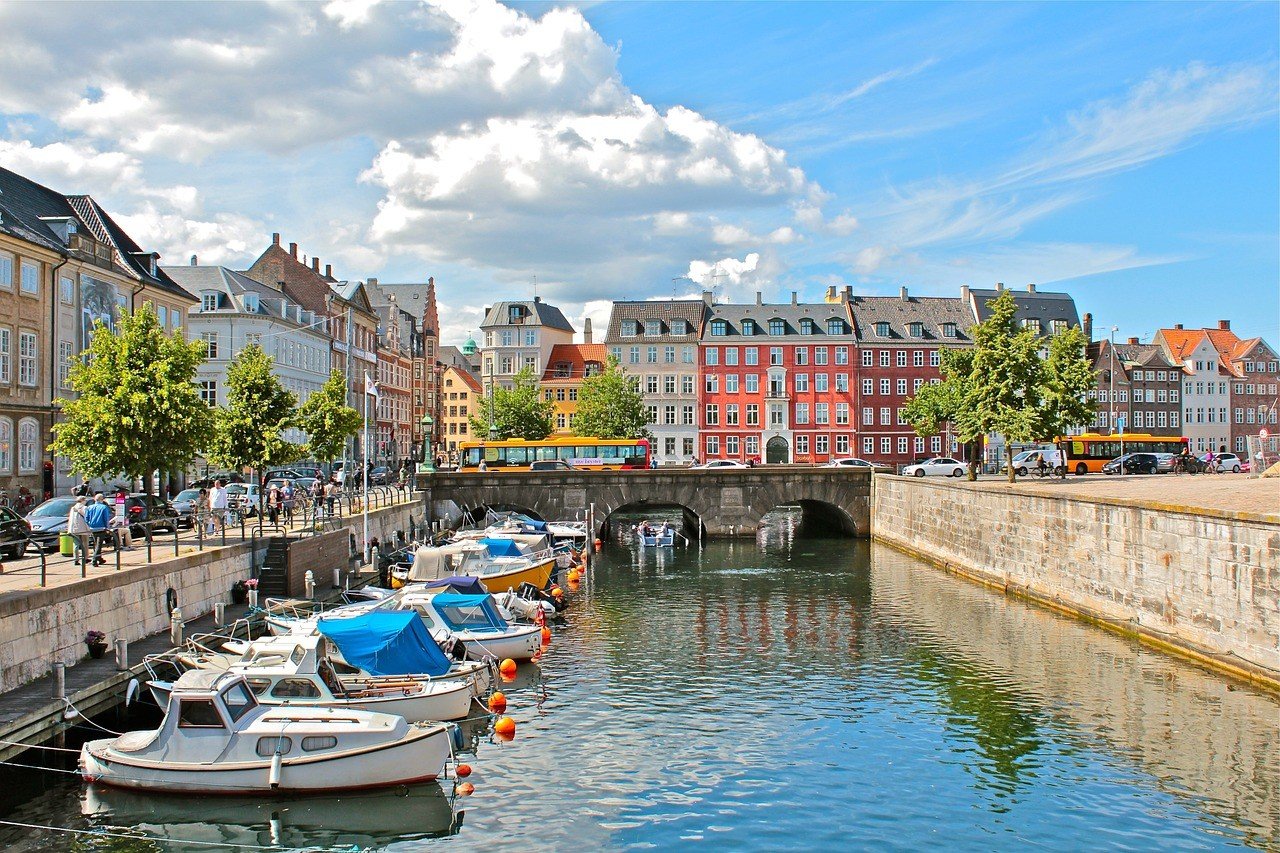
Berlin, Germany
Since the turn of the 19th century, the German capital (and the most populous city in Europe) has been a hotspot for LGBTQ+ culture. Berlin houses the world’s oldest gay neighborhood — the iconic Schöneberg district — which caters to all tastes. Travelers can attend the Schwules Museum, the only institution in the world dedicated entirely to LGBTQ+ history and culture. There’s also the Eisenherz, one of the oldest and most renowned gay bookstores.
Schöneberg offers much in the way of nightlife, too. For those who go all-in on clubbing, notorious haunts Berghain and Lab.Oratory are apt choices. Travelers can also opt for a more low-key evening in the trendy neighborhood of Friedrichshain. Karaoke bar Monster Ronsons and cocktail lounge Zum Schmutzigen Hobby feature cozy digs and weekly drag shows. Berlin also hosts an annual pride festival that attracts nearly 500,000 visitors.
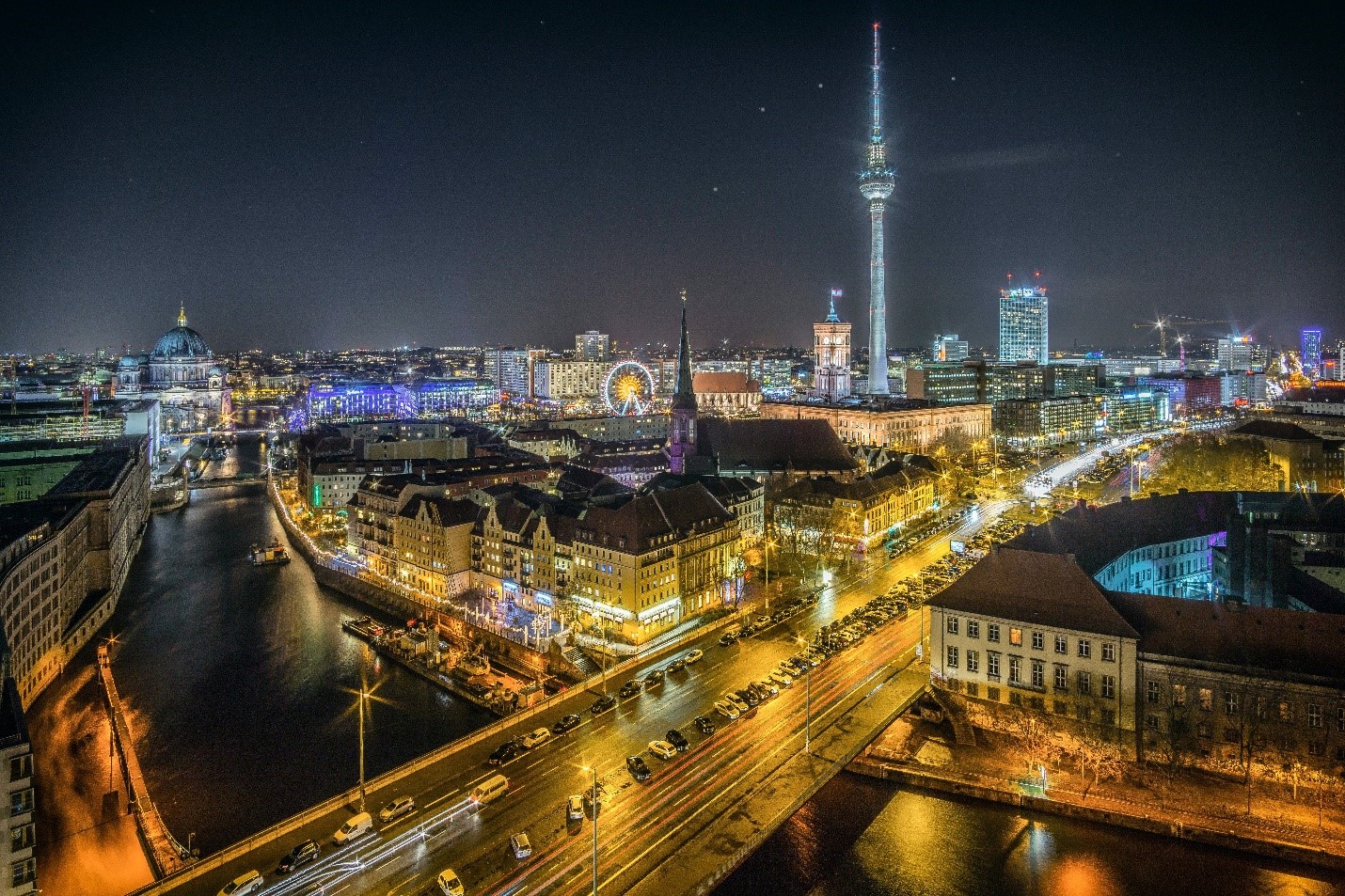
Mykonos, Greece
The gorgeous island of Mykonos has earned its slot as a gay tourism mecca. Figures like Grace Kelly and Jackie Onassis popularized the island as a vacation spot for Americans in the 1970s, and the LGBTQ+ community adopted it as their own getaway in the 1980s. Today, most know Mykonos for its classic Mediterranean appeal — think white houses with blue accents, rocky cliffsides and crystal waters — as well as the island’s partying culture. Fun times are not restricted to the evening; travelers can make the most of the sunshine on one of Mykonos’ two gay beaches, Super Paradise Beach and Elia Beach. The former is essentially a party beach, while the latter is more laid-back, as well as the largest beach on the island.
Mykonos has plenty of other queer-geared attractions. Each August, the island hosts XLSIOR Festival, a week-long celebration that features DJs, drag performances and dancing and draws in crowds of nearly 35,000. Outside of festival season, travelers can reliably have a good time at waterfront bars like Jackie O’s, Babylon and The Piano Bar.
The island offers more than partying, though. Travelers can wander down Matoyianni Street for shopping and art galleries or appreciate Grecian culture at the site of Delos, the purported birthplace of Apollo, god of music.
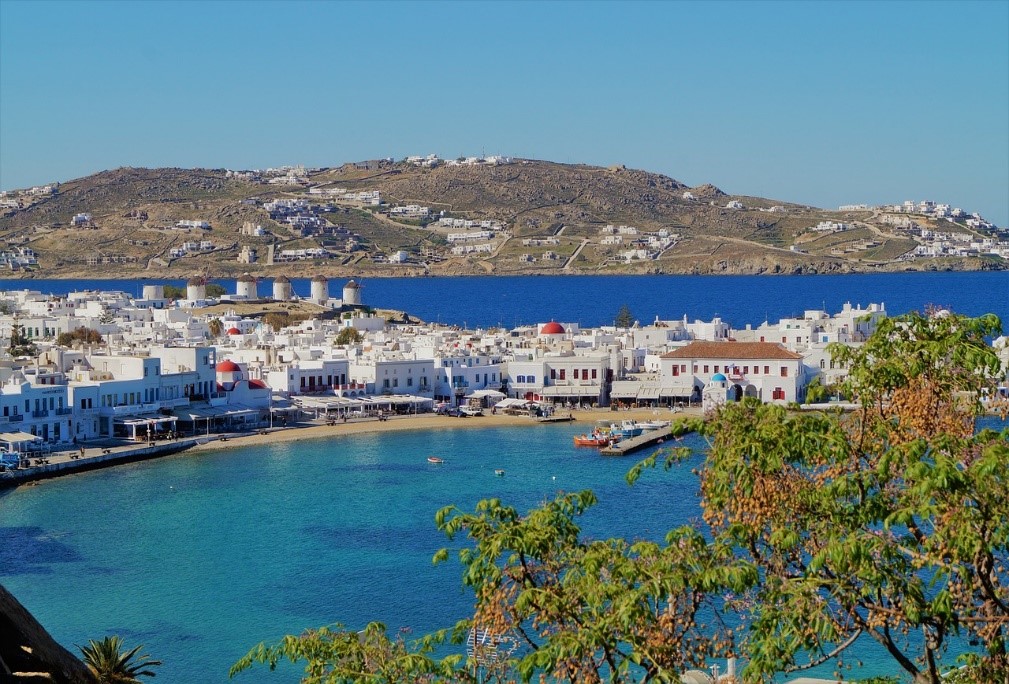


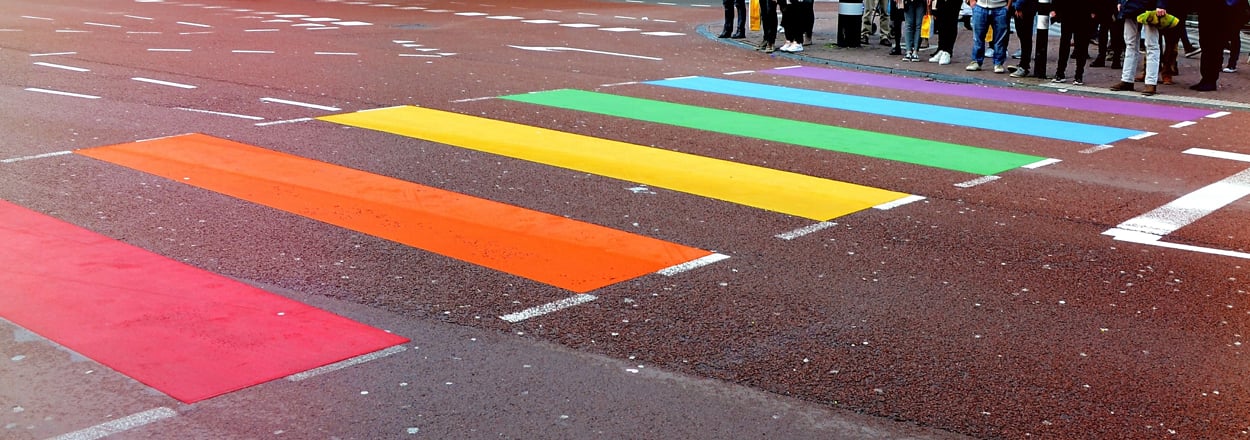


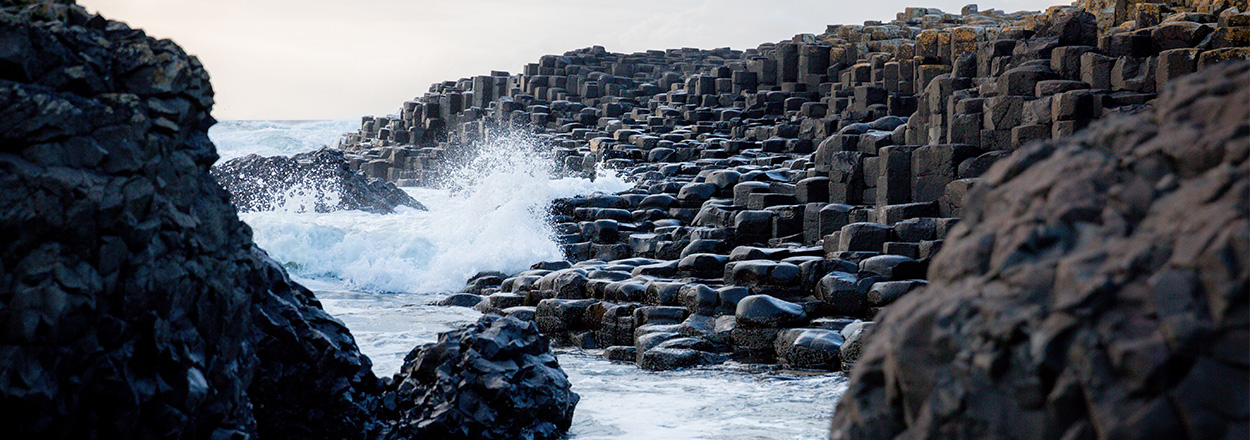
comments